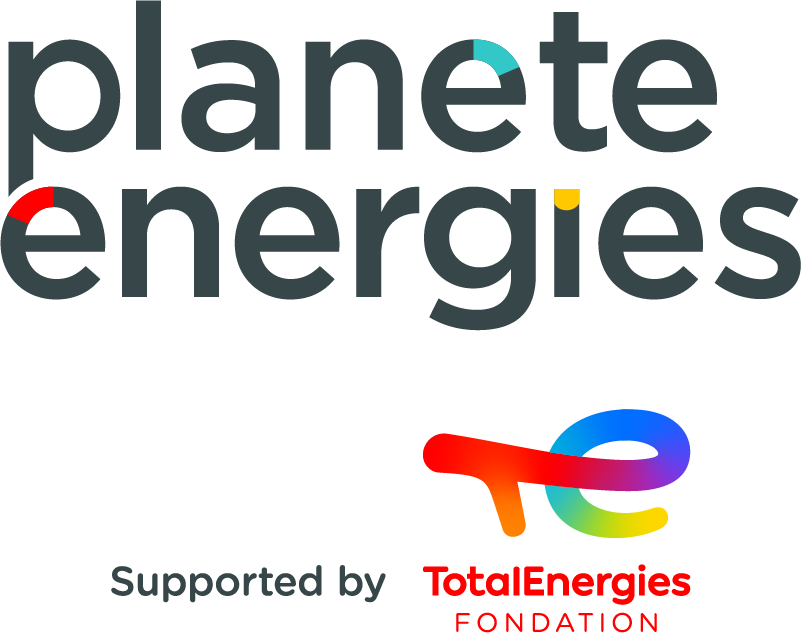Glossary - Letter N
Nacelle (Wind Energy)
One of three parts making up a wind turbine, along with the rotor and the tower. It houses the equipment that produces electricity.
Naphtha
An intermediate product between gasoline and jet fuel obtained from the fractional distillation of oil. It is classified as a light product because of the low molecular weight of the hydrocarbons it is made up.
Net zero emission
A situation in which residual emissions of greenhouse gases (GHGs) of human origin are offset by "anthropogenic removals", i.e. the extraction of atmospheric GHGs by deliberate human activities, over a given period of time.
Neutron
Type of particle, along with the proton, that makes up the nucleus of an atom. Neutrons have no net electric charge.
Non-Governmental Organization (NGO)
A non-profit, citizen-based group that is independent from government and international institutions and usually financed by private funds. There are several types of NGO: humanitarian (charitable and development NGOs), advocacy (including policy or business lobbies) and general (which operate in a wider area, often a combination of those mentioned above).
Non-Renewable Energy
Non-renewable energy or fossil fuels are forms of primary energy that cannot be replenished after use on a human time scale. Oil, natural gas and coal are types of non-renewable energy.
Nuclear Energy
Energy produced in nuclear power plants. The enormous amount of heat released during fission of uranium atom nuclei is transferred to water, which heats up and generates steam. The steam drives turbines to produce electricity. Nuclear energy accounts for nearly 80% of energy production in France.
Nuclear Fission
Reaction that occurs when an unstable nucleus of a heavy atom splits into lighter nuclei — usually two — either in a spontaneous radioactive process or after capturing a particle (generally a neutron). The latter process is used in nuclear power plants.
Nuclear Fusion
Reaction in which two atoms join to form one heavier atom, releasing energy. This is what creates light atoms, from helium to iron, in stars. Nuclear fusion in stars mainly concerns the fusion of hydrogen atoms (and its deuterium and tritium isotopes) into helium atoms at extremely high pressure and temperature. The reaction associated with hydrogen, the lightest element, is the most exothermic, meaning it releases huge amounts of heat and radiant energy.
Nuclear Power Plant
A nuclear power plant uses controlled fission of atomic nuclei to produce heat, which is recovered and utilized to produce electricity. The heat released by the fuel (uranium or MOX) is used to heat water and generate steam. The steam drives a turbine coupled to a generator that produces power.
Nuclear Reactor
Located in the core of a nuclear power plant, the reactor is a type of huge boiler. It has four main components: fuel, where fission occurs; coolant, which transfers the heat produced; the moderator, which improves the efficiency of the chain reaction; and control rods, which control the reaction and prevent runaway.







